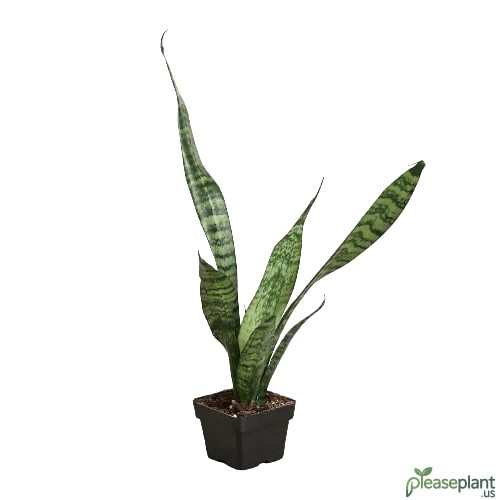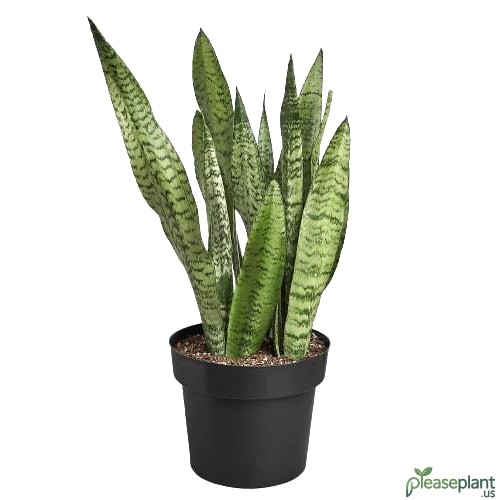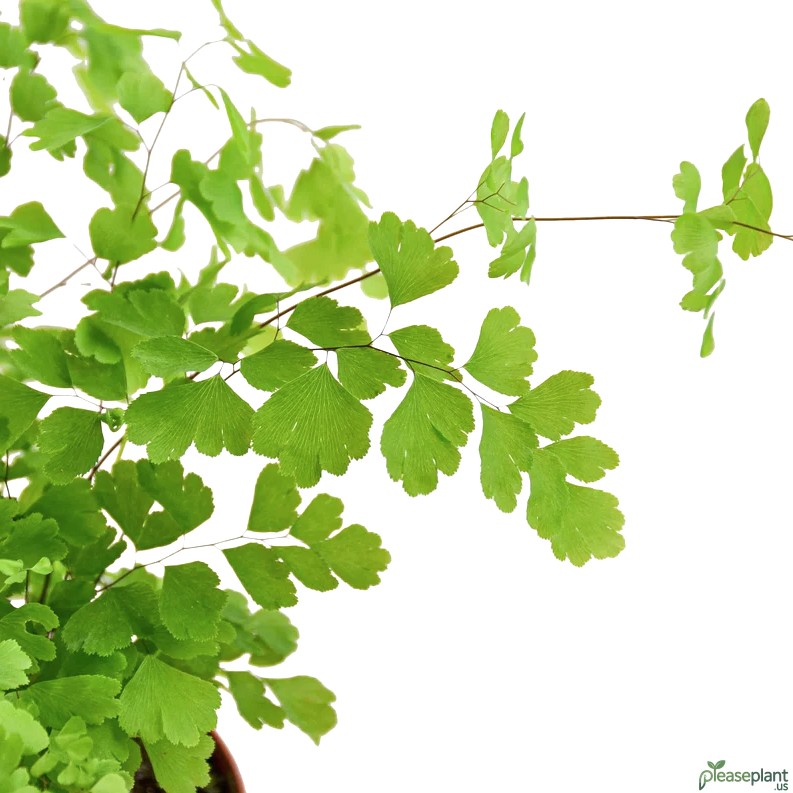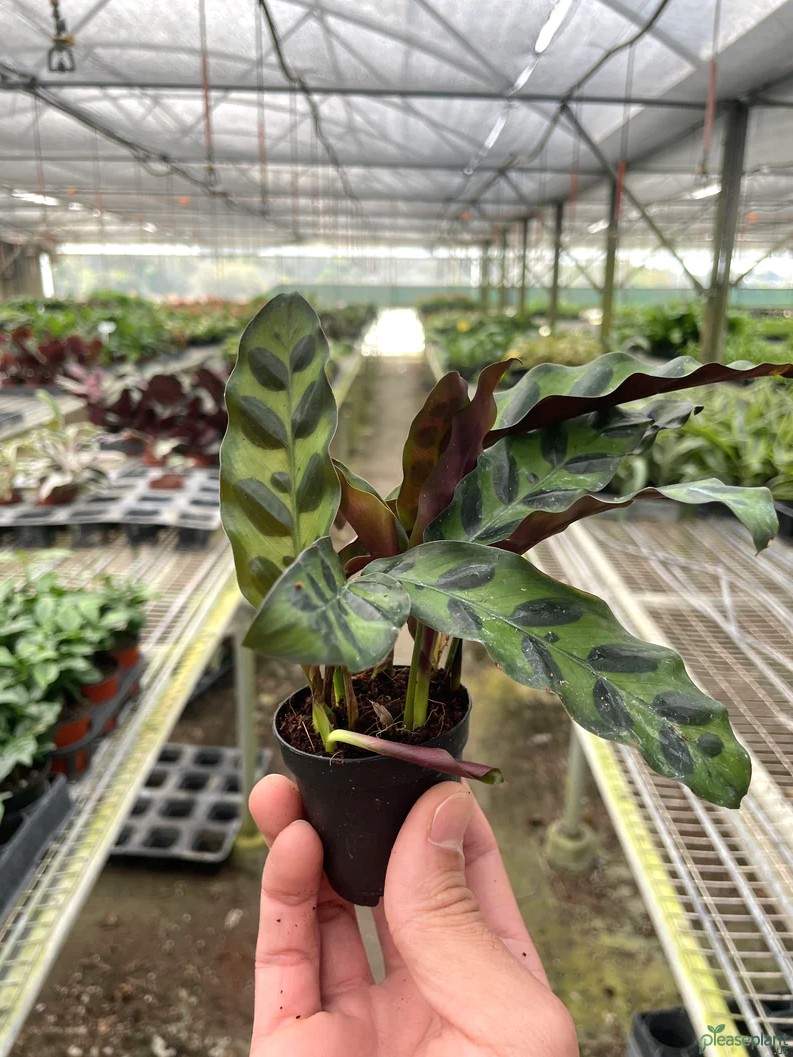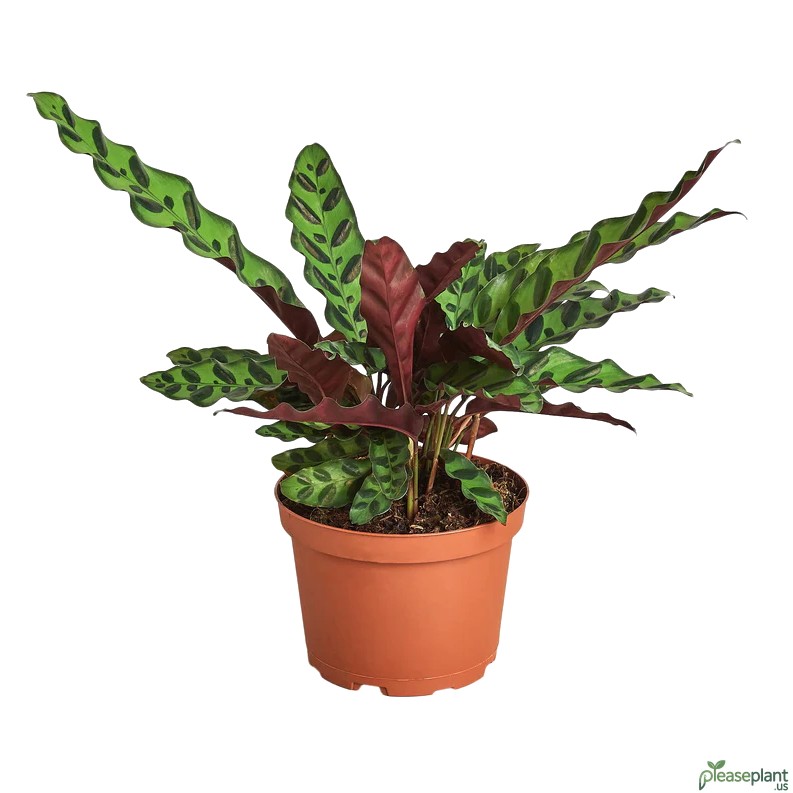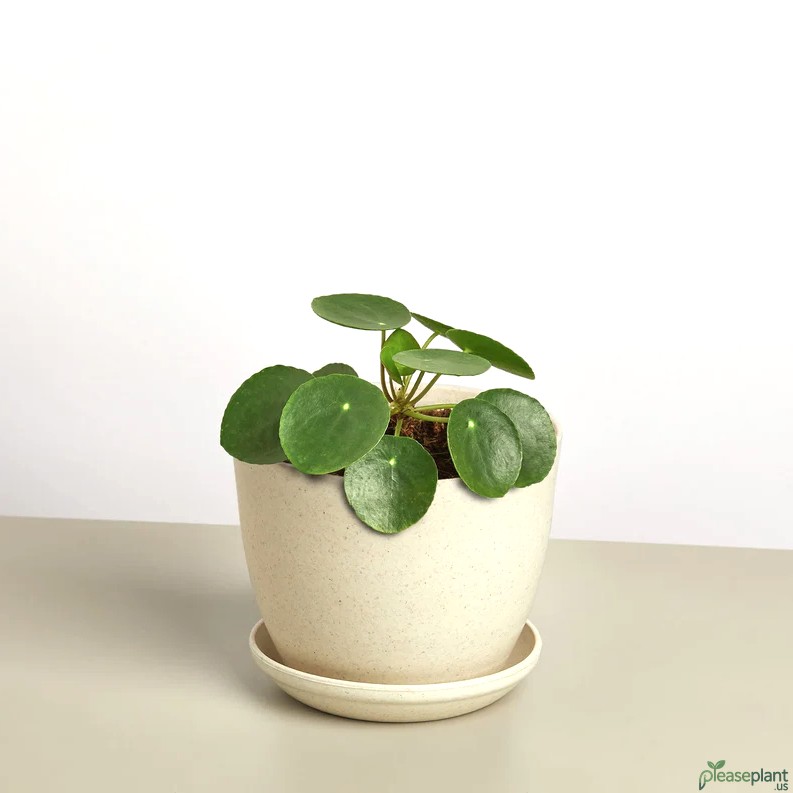The Snake Plant - Zeylanica, while a popular and hardy indoor choice, has a dark side many overlook: it's mildly toxic to pets. If you’ve ever wondered about the symptoms of snake plant poisoning or how to keep your cats and dogs safe, you’re not alone. From drooling and vomiting to lethargy, these signs might appear after a curious nibble. But fret not, with some practical tips and a bit of care, you can enjoy your green buddy without fearing for your pet's health.
When Green Turns a Bit Too Green
You probably picked up your Snake Plant - Zeylanica because it’s nearly impossible to kill and looks pretty cool in the corner of your living room. But here’s the kicker: this plant isn’t just a silent air purifier; it’s mildly toxic to pets. Cats and dogs nibbling on its leaves can face some not-so-fun symptoms. I remember my neighbor’s curious tabby, who took a little bite and started acting funny within hours. That’s when I realized, no matter how hardy and beautiful, some plants come with a price.
Spotting the Symptoms: What Does Poisoning Look Like?
If your pet decides to have a snack on your Snake Plant - Zeylanica, keep an eye out for:
- Excessive drooling (yes, slobber galore!)
- Vomiting and diarrhea (nobody likes that mess)
- Loss of appetite and lethargy
- Sometimes, mild skin irritation if your furry pal gets too close
These symptoms usually show up pretty quickly, within a few hours. Don’t panic, but do take it seriously. Early recognition is your best weapon.
Why Is It Poisonous Anyway?
The culprit? Saponins. These naturally occurring compounds are the plant’s way of saying "stay away!" They cause irritation in your pet’s digestive system. Thankfully, Snake Plant - Zeylanica isn’t deadly poison, but the discomfort it causes is enough to make your pet miserable and you stressed out.
Keeping Your Pets Safe: Tips from Experience
So you love the plant, and your four-legged family members too. What now? Here’s what worked for me and my buddies:
- Place the plant out of reach. High shelves or hanging planters work wonders.
- Train your pets gently to avoid chewing on plants. It’s tricky but possible!
- Offer plenty of pet-safe greenery like cat grass or dog-friendly plants to distract their curiosity.
- Watch closely for any unusual behavior, especially if you know your pet has a tendency to nibble random things.
And if you suspect your pet has ingested part of the plant, don’t wait. A quick call to your vet can save a lot of headaches and heartaches.
To Keep or Not to Keep?
Honestly, if you’re a pet owner, Snake Plant - Zeylanica can be a bit of a gamble. But with some common sense and a pinch of vigilance, you can still enjoy its bold, upright leaves without turning your home into a hazard zone. My advice? Know your pet’s habits, and adjust the plant’s location accordingly. That way, everyone stays happy and healthy, and your living space keeps looking sharp.
In the end, it’s all about balance. Greenery life with pets involved means a little extra care, but it’s totally worth it for the calm vibes and fresh air your Snake Plant - Zeylanica brings in.

